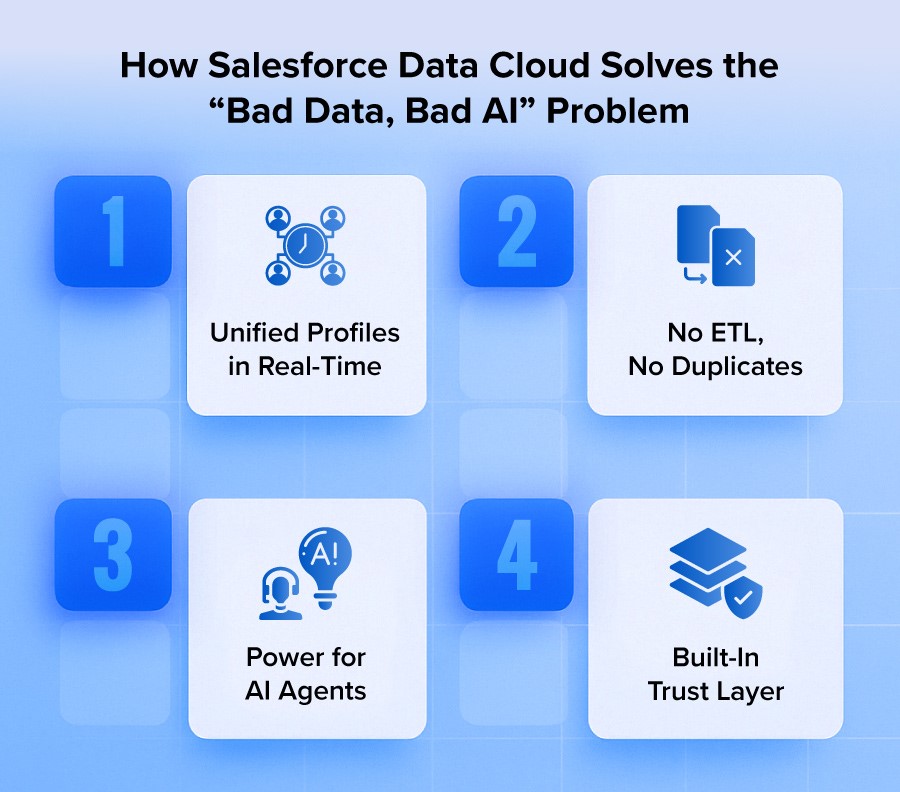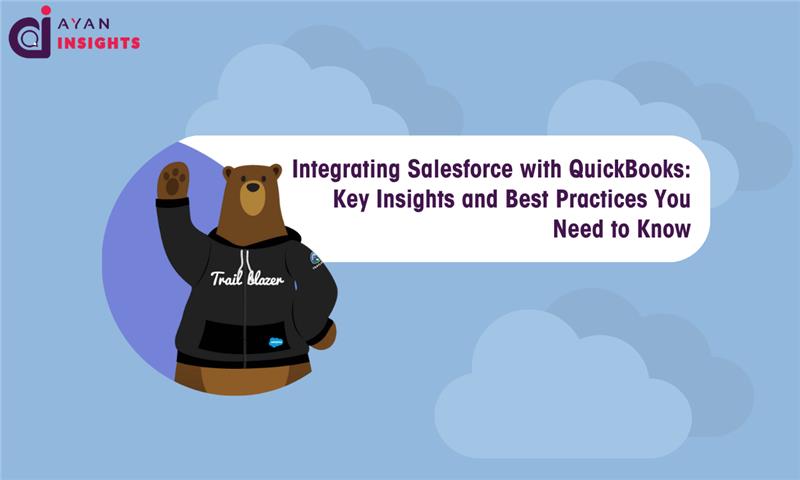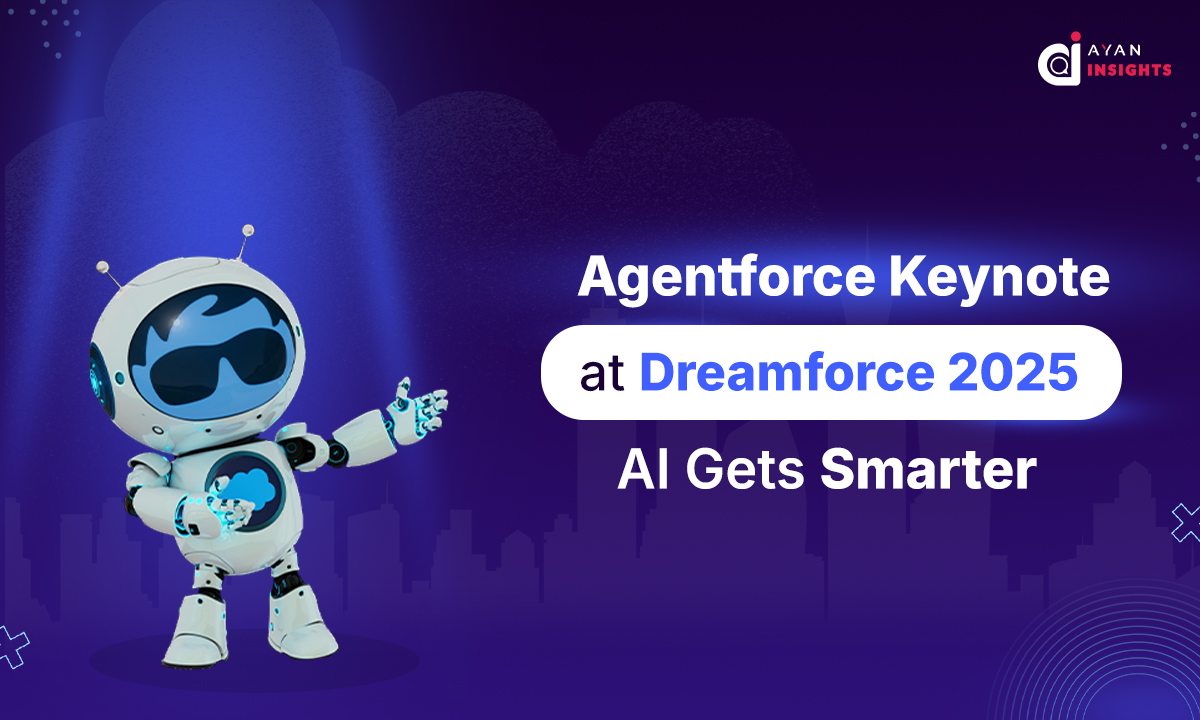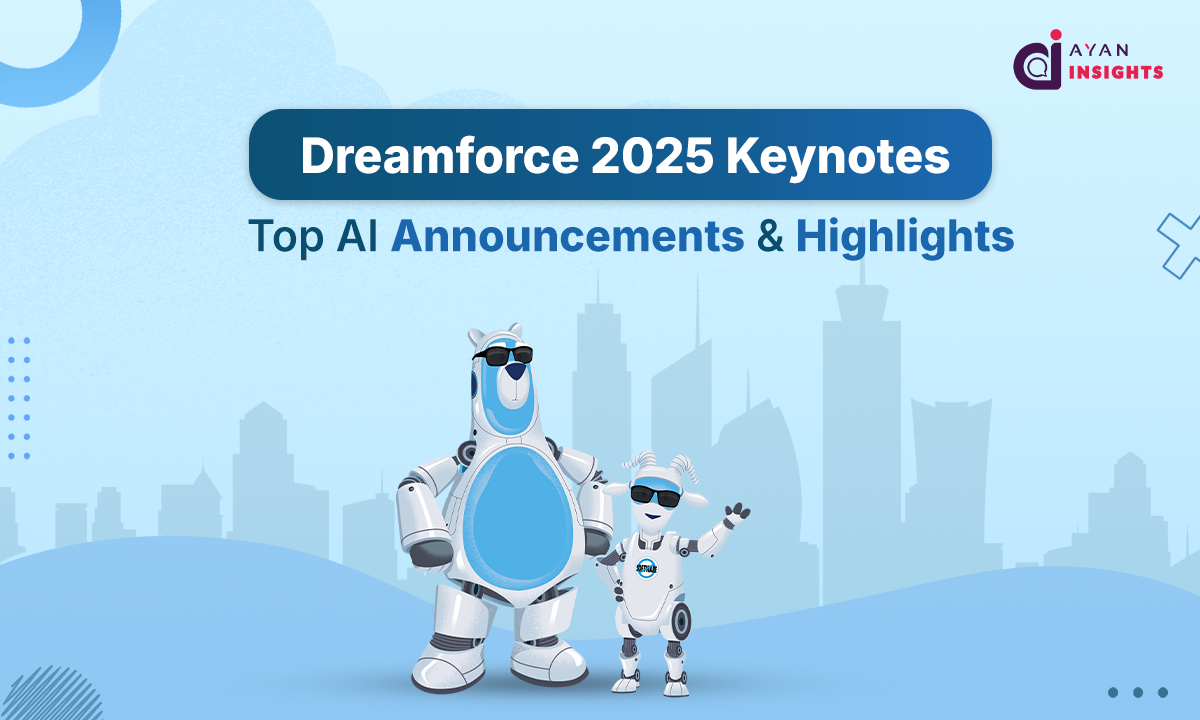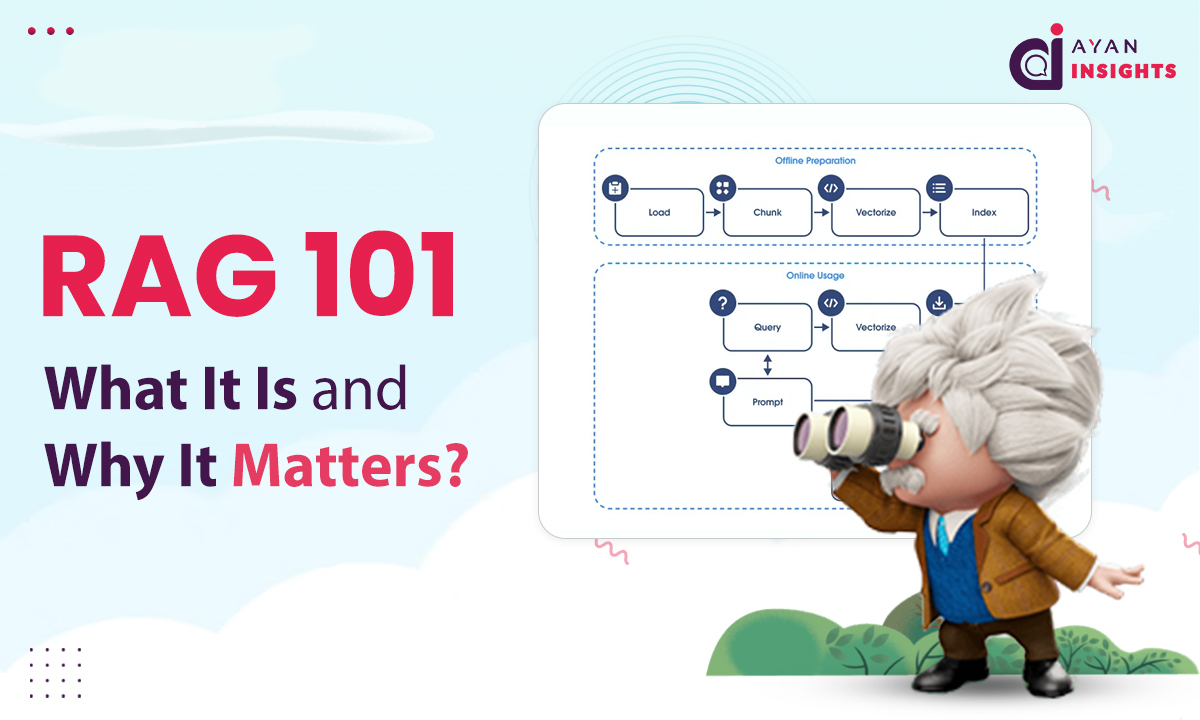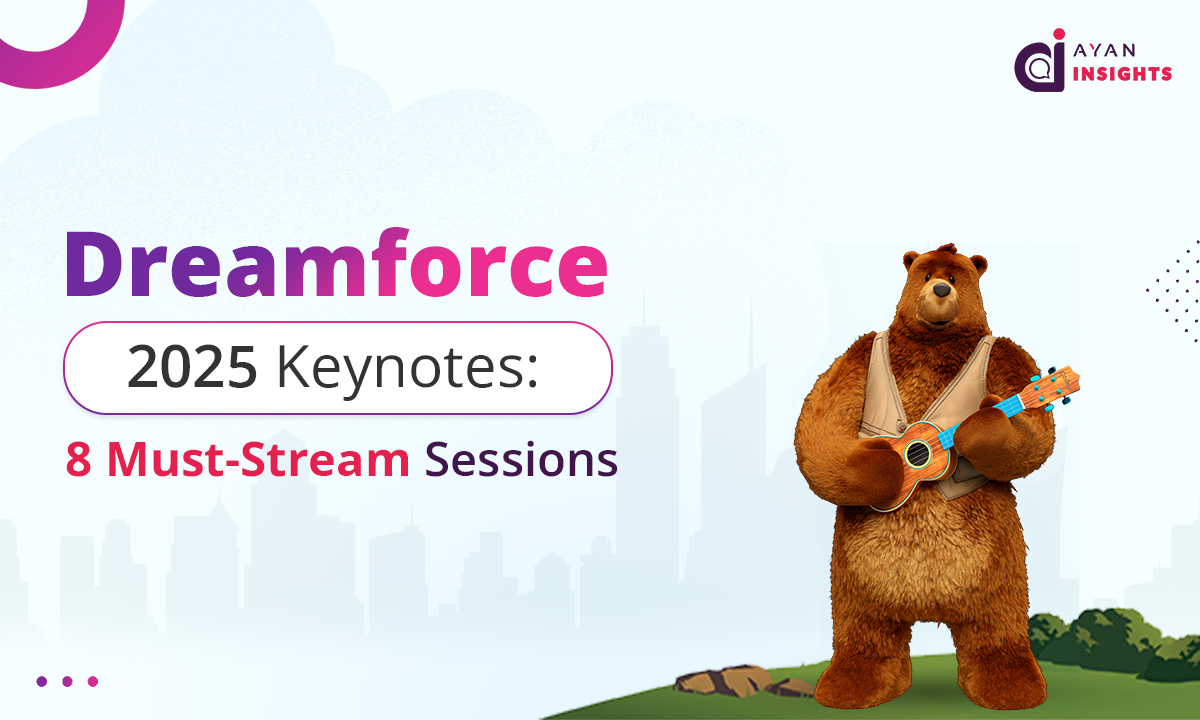AI technologies can write emails, guess what customers will do next, and even tell you what to do next in a sales cycle. Sounds like fun, right? But there is one thing that makes all of this possible: data.
Data is what makes AI work.
AI learns from patterns, depends on data, and presents a story. That’s why the strength of your AI depends on the quality of your data.
And people do care. A lot!
According to a Forbes article, more than 75% of people are worried about AI giving out false information.
So, is false information an AI problem or a data problem?
Here’s something to help you decide: AI doesn’t think for itself. It just does what it’s told. And it only becomes clever, fast, and reliable when the data it’s fed is accurate.
That’s where Salesforce Data Cloud comes in. It brings all of your data together in one location, in real-time.
Know how, with Salesforce Data Cloud, you can unify your data effortlessly, making sure your AI has the trusted insights it needs to truly shine.


